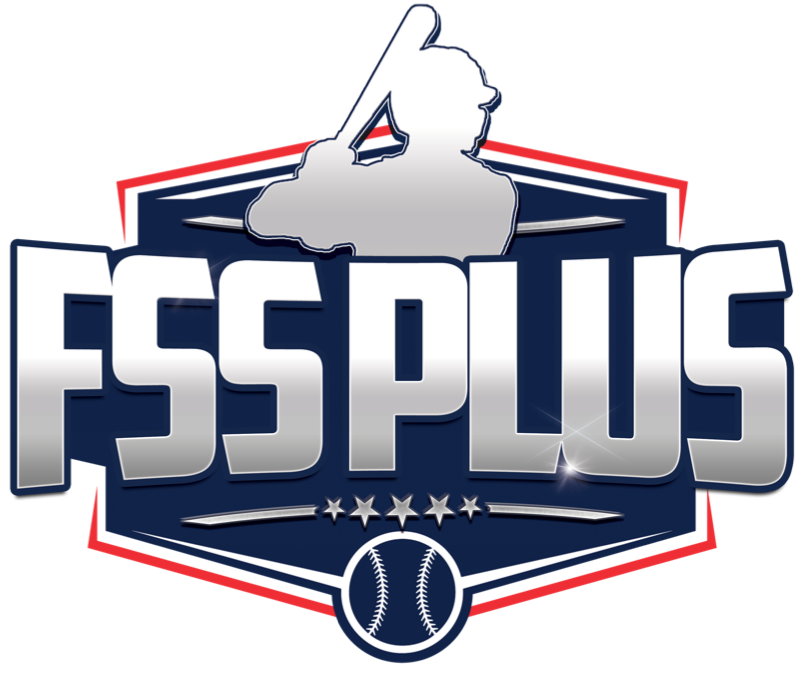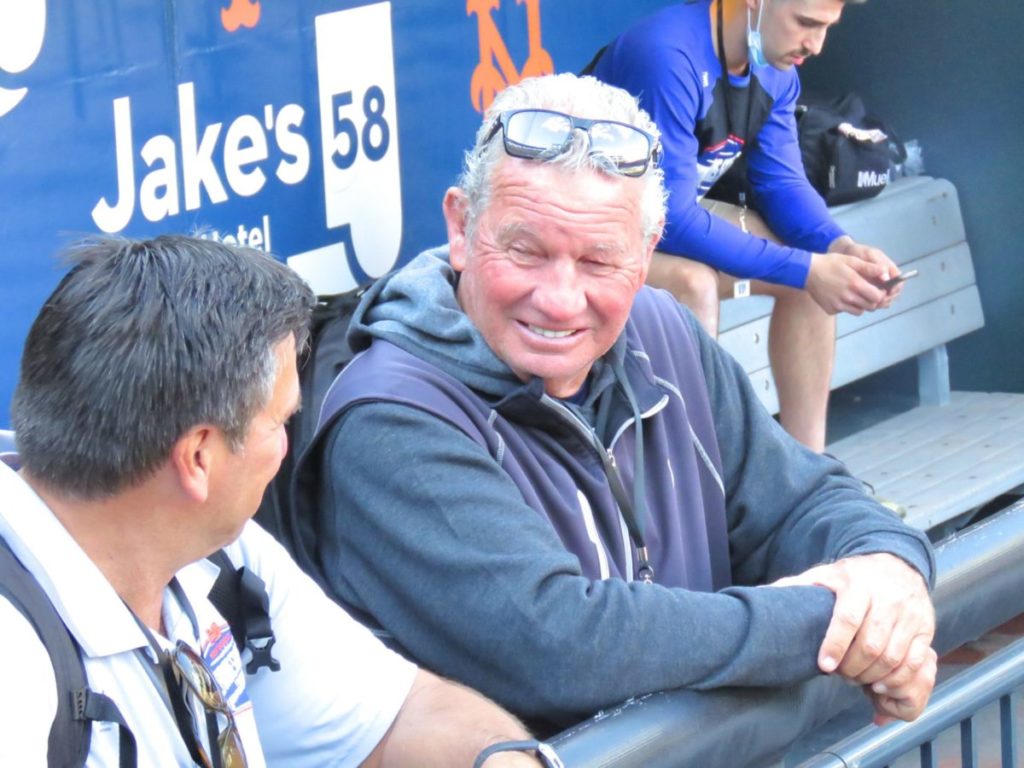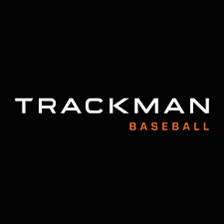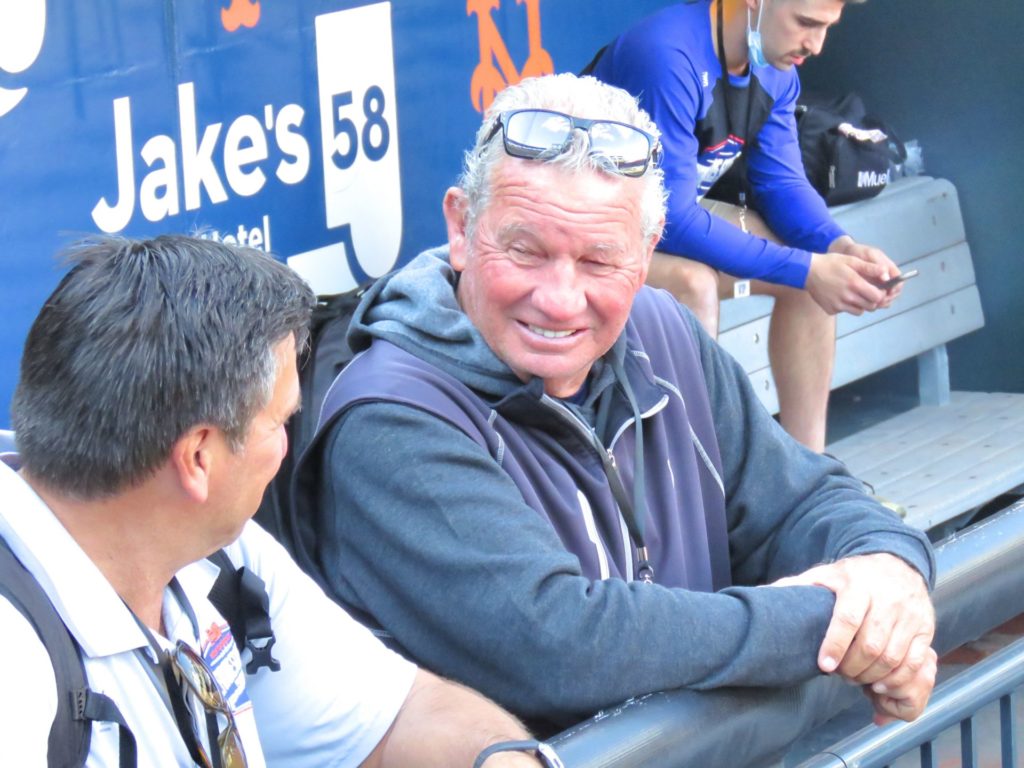
Gordon Blakeley signed David Ortiz, because of course Gordon Blakeley did.
That the legendary scout and front office exec was able to identify and then sign a future Hall of Famer well before anyone else shouldn’t surprise anyone; using an extraordinary eye for talent, he helped scout, sign and develop players like Alex Rodriguez, Jason Varitek, Alfonso Soriano, Miguel Andujar, Gary Sanchez, Luis Severino, Ronald Acuna, Jr., Robinson Cano, Orlando “El Duque” Hernandez, Jose Contreras, and Hideki Irabu and Ortiz.
To name just a few.
But it’s the story of how he found then-David Arias in 1992 when he was working for the Seattle Mariners that people are flocking to him to find out, and one that he was able to share with FutureStarsSeries.com in an interview the day after Ortiz received the necessary votes for induction into the 2022 class of the Baseball Hall of Fame.
Blakeley was with Seattle from 1987-94, and had been just been promoted to supervise their efforts in Latin America. At the direction of then-Mariners scouting director Roger Jongewaard, who signed many of the Mets that went on to win the World Series in 1986 and also oversaw the picks of Tino Martinez, Alex Rodriguez and Ken Griffey, Jr. in Seattle, there was to be a newfound effort in rebuilding through talent outside of the States.
“The Mariners farm system wasn’t very good, and Jongewaard said, ‘Gordon, we need to be aggressive, and I know you’re aggressive, so I’m giving you this position in Latin America. Let’s go down there and start signing some players, let’s not be afraid to spend money,'” Blakeley said.
“So, I went down there, and we ran some big workout in Santo Domingo at the field we used at the time. I would say there was maybe 25 players, and I think we ended up signing 17 or 18 of them. They all kind of blended together. But David was this big kid who had power, but really wasn’t very good at anything else; kind of a one-tool guy, and even the power was a question mark because it was so pull-oriented.
“I don’t know if you remember Oscar Gamble, but he pulled off everything and tried to hit towards the right field foul pole, and I remember David hitting a lot of balls really hard, but foul and out of play. But, the area scout said to me, ‘He’s got really good makeup,’ so I said, ‘Well, let’s sign him.’ We spent maybe $100,000, and I think David got maybe $3,500. But of course, when I ran into David years later, when he was a star with the Red Sox, he goes, ‘You didn’t give me enough money.’ And I said, ‘No, but I gave you an opportunity.'”
It was one he may not have been able to get elsewhere.
Ortiz was 17 years old when he was signed, and Blakeley wondered out loud if Ortiz would have signed anywhere had Seattle not taken a chance on him, given his advanced age for signing at that part of the international process.
Well before he ever evolved into “Big Papi,” Ortiz began his pro career in Rookie ball in the Arizona League, where Blakeley says he worked on his swing, one that eventually developed into the iconic power srtroke everyone quickly became familiar with at Fenway Park.
“I give him a lot of credit, because the swing you see in Boston isn’t the swing he had when he signed,” Blakeley said. “That’s a real rarity, that a guy can change his swing. But, he did. He learned to hit the ball hard up the middle, and hard the other way, which actually helped him with his pull power.”
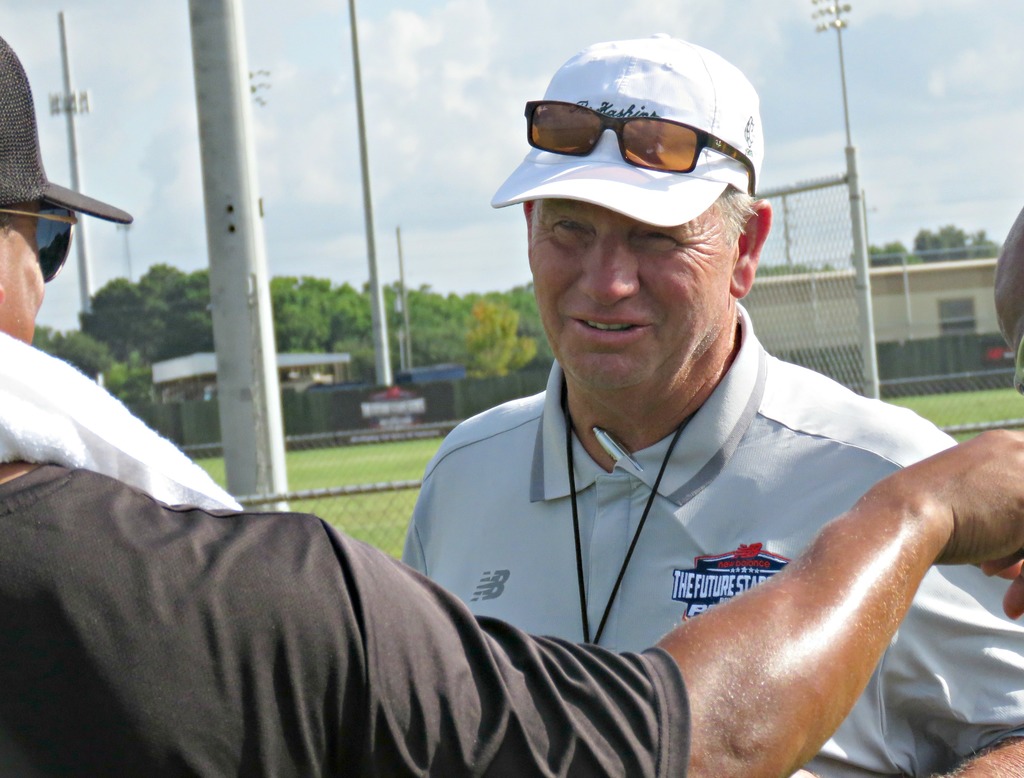
Back then, it was significantly easier to take a chance on a player like Ortiz than it would be now, with a “lottery ticket” of sorts on an international player being substantially cheaper than it is these days.
“Would we have given him a million dollars like we do now? No,” Blakeley said. “But, the decision to sign him was that he had one big tool. He was a big, strong guy, he had good makeup and he had power. He obviously didn’t run very well, he didn’t field very well, he didn’t throw very well. I thought some of those things would improve, and he’d be able to play first base. I was never signing somebody that young to be a DH. But, it was easy to sign him, because he was strong and you could see that he was a guy who, if he could direct the ball to the center of the field, he could hit home runs.”
Ortiz didn’t start truly making noise in the Mariners organization until after Blakeley had left to join the New York Yankees; there’s a legendary tale of Ortiz’s performance in an impromptu 1995 home run derby against the Seattle Mariners back when he was only in Single-A, and his stock continued to rise in Seattle’s system until he was ultimately dealt as the “player to be named later” in a deal that netted the Mariners veteran third baseman Dave Hollins.
While Hollins lasted just 28 games for Seattle, Ortiz emerged as a productive, big-league regular for the Twins shortly thereafter, putting together three straight seasons with double-digit homers, but was eventually stunningly let go after the 2002 season as part of a cost-cutting move. Of course, he signed with the Boston Red Sox the next year, and the rest is history.
But, it almost wasn’t. Stunningly, Blakeley reveals that the Yankees had internal discussions about adding Ortiz, going so far as to say he recalls conversations with iconic franchise owner George Steinbrenner expressing his regret that they ultimately didn’t.
“I had followed his progress, and I was surprised when he was non-tendered in Minnesota,” Blakeley said. “He hit 20 home runs and had 70 RBI, but was non-tendered. We had discussed signing him, but we had just signed a DH (Jason Giambi prior to the 2002 season) and gave him a lot of money. There really wasn’t a fit. I remember years later, George was mad that we hadn’t signed him. I remember talking to George and saying, ‘Well, where were we going to play him, Triple-A?’ We did have people that liked him and pushed for him, but I remember we were filled at the DH spot.”
Ultimately there was no reunion between the two, with Blakeley left to wonder what could have been if one of his greatest discoveries had ever ended up in pinstripes.
In the end, if you were looking to oversimplify it, Gordon Blakeley simply did his job in finding, identifying and then signing Ortiz. Obviously, it goes far deeper than that; it was an early success story for a man who became one of the most well-respected scouts and executives in the game for a reputation of having done that time and time again.
There is, both now identifying talent for the New Balance Baseball Future Stars Series, and then in having discovered a player who is set for induction into the Hall of Fame, an immense sense of pride in Blakeley’s life’s work.
“You work hard all your life, and getting an opportunity to sign players is obviously a great thing,” he said.
“I got an opportunity to sign a lot of players and watch them develop, and even help with the Yankees and the Braves in developing players. But, it’s a reward. I’ve run into people before that say, ‘Hey, do you get an extra bonus for that,’ and I always say that you don’t, and I’m not sure I’d even want that. It’s part of the job, and we’re paid well anyway. It’s exciting to see somebody that you saw as a 17-year-old that went out and hit .240 in his first year in the Arizona League, and the guy ends up hitting 500 home runs, wins two World Series MVP’s and is a part of the big picture in their three world championships. You think, ‘Ah, I had something to do with this.’ I was a part of the process of him starting and developing not just into a big leaguer, but into a Hall of Famer. When I saw he was elected, I had goosebumps. I felt very privileged that I was a part of that.”
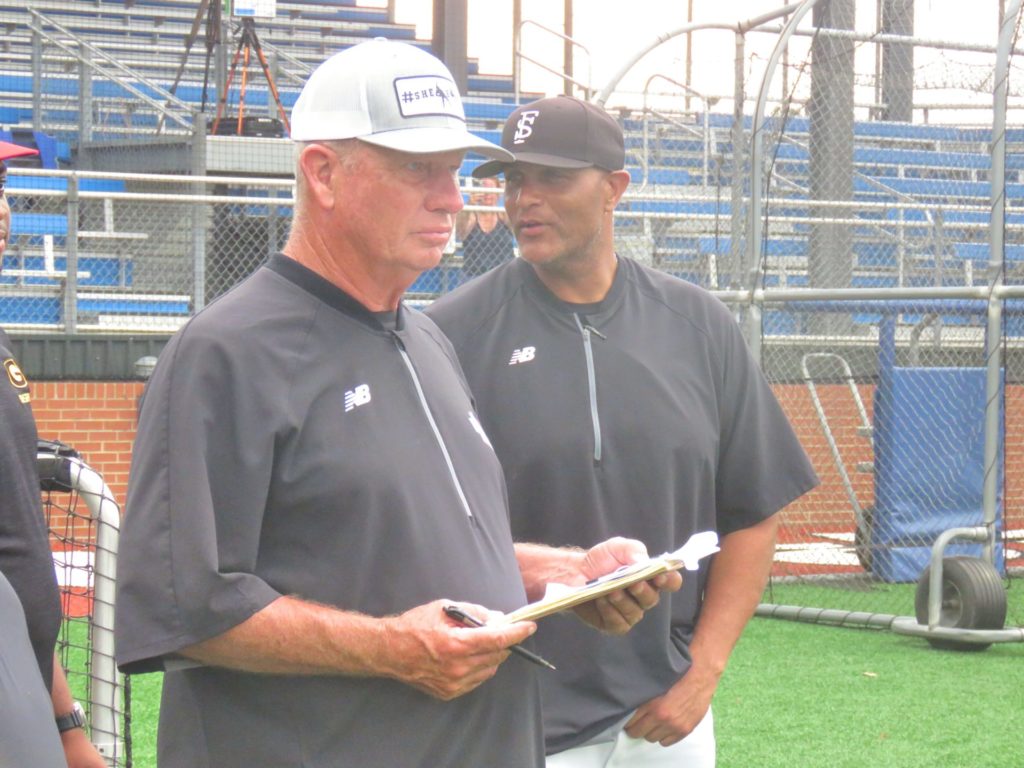
- ASHMORE: 5 Underclass Elite hitting standouts - October 22, 2025
- ASHMORE: 5 Main Event hitting standouts - October 15, 2025
- INVITE: Chase Austin, Underclass Elite - October 1, 2025
